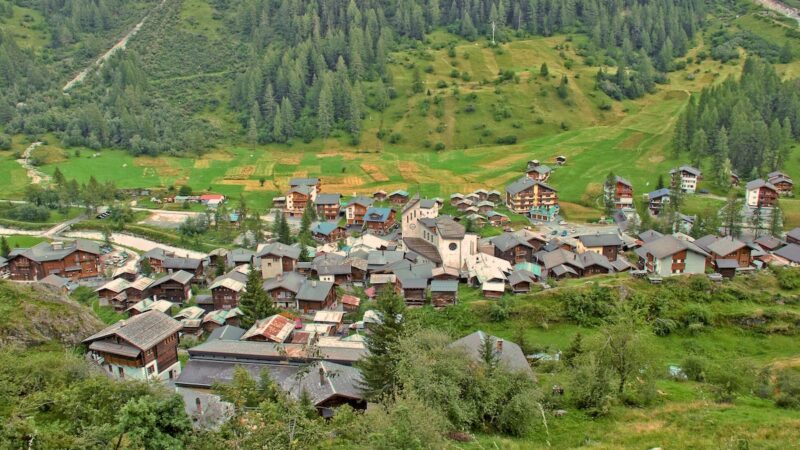Ice Baths, Nootropics and Beyond: The Science of Biohacking
Biohacking has become a buzzword over the past few years. Alternative practitioners, health and wellness consultants, and fitness influencers all tout a variety of hacks as simple steps that can help get you in peak physical condition and keep you there. Are they all just hype, or is there science to back up the fad? And how could these biohacks help boost performance in the great outdoors?
Videos by Outdoors
What Is Biohacking?
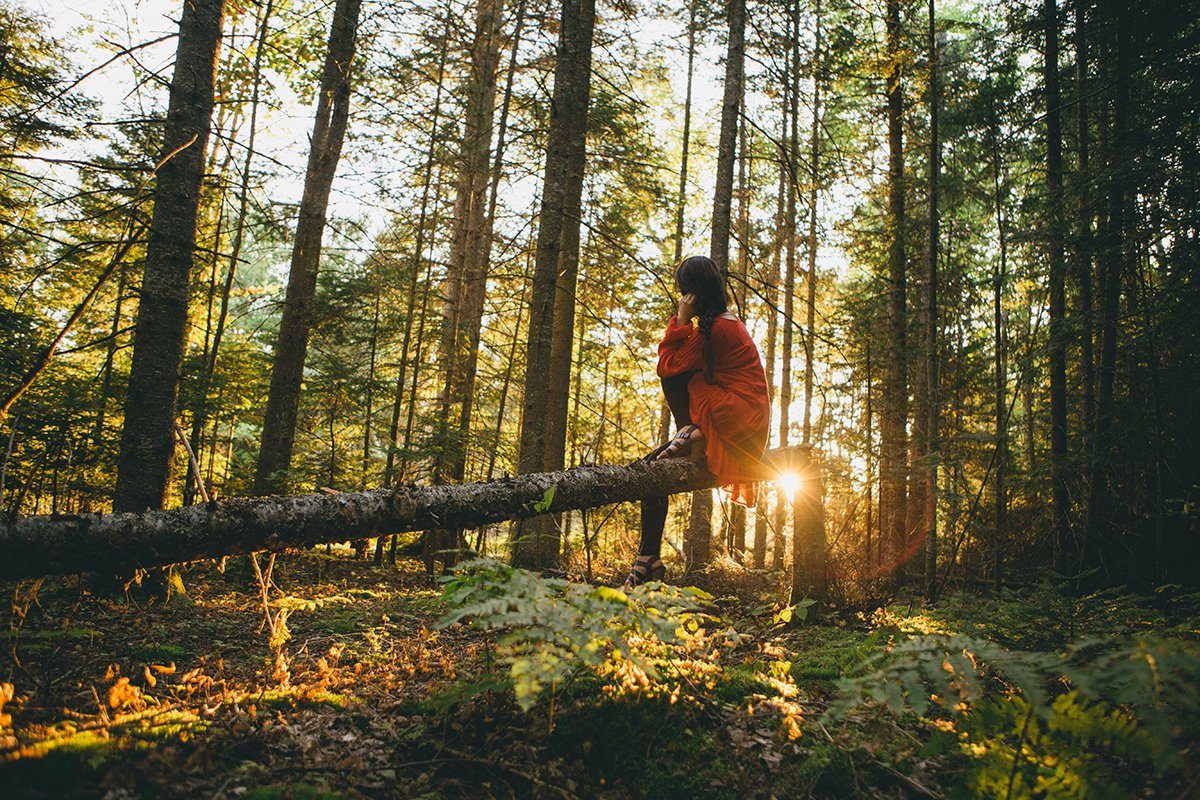
Biohacking is essentially testing out tweaks to your lifestyle and environment to DIY changes to your biology. Proponents of the practice claim you don’t have to accept the health hand you’ve been dealt or simply take pills to treat symptoms. Rather, you can change the way your body functions from the inside out.
“Biohacking is about taking control of your own biology, using science, data, and technology to upgrade your health and performance,” said Dave Asprey, founder of Bulletproof Coffee and author of Smarter, Not Harder: The Biohacker’s Guide to Getting the Body and Mind You Want.
Several years ago, Asprey applied computer hacking principles to his own biology to address weight, fatigue, and brain fog issues. It transformed his entire life, and now he helps educate others on how they too can hack their way to better living.
“Hackers look at something they want to [access], and they don’t know what it is, but they start poking at it until they get the behavior they want, and then they gain control of the system by changing the way they get in,” he told Forbes Health.
Whether you want to increase energy, slow the aging process, maximize endurance, boost metabolism, or address specific health concerns, there’s probably a biohack for that.
Biohacking Methods and Potential Benefits
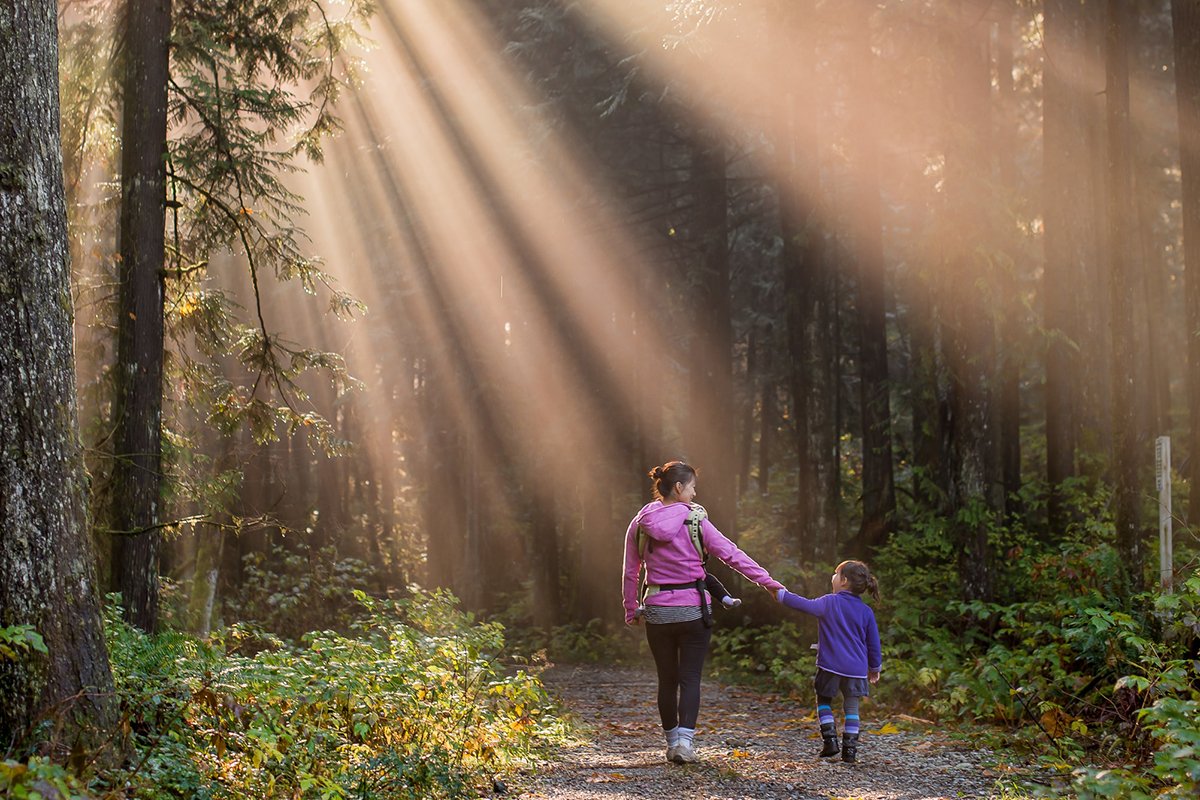
Biohacking options run the gamut—from sporting wearable tech to taking tailored supplements to hitting a sunlight quota each morning. Some hacks come at a premium with investment pieces, while others are completely free and require no specialized equipment.
Here are some of the top biohacks and the benefits you could experience.
Red Light Therapy
Red light therapy activates the mitochondria through the application of red and near-infrared red light, resulting in possible improvement in a host of functions within the body: wound healing, circulation, metabolism, cognition, immunity, and sleep. It also reduces inflammation, which can relieve pain and improve joint health. So when used proactively, red light therapy can help get you in hiking condition, but it can also help you recover post-adventure too. And there aren’t any known major side effects.
You can find red light panels online for a couple hundred bucks, and they’re even HSA- and FSA-eligible with some healthcare plans.
Intermittent Fasting
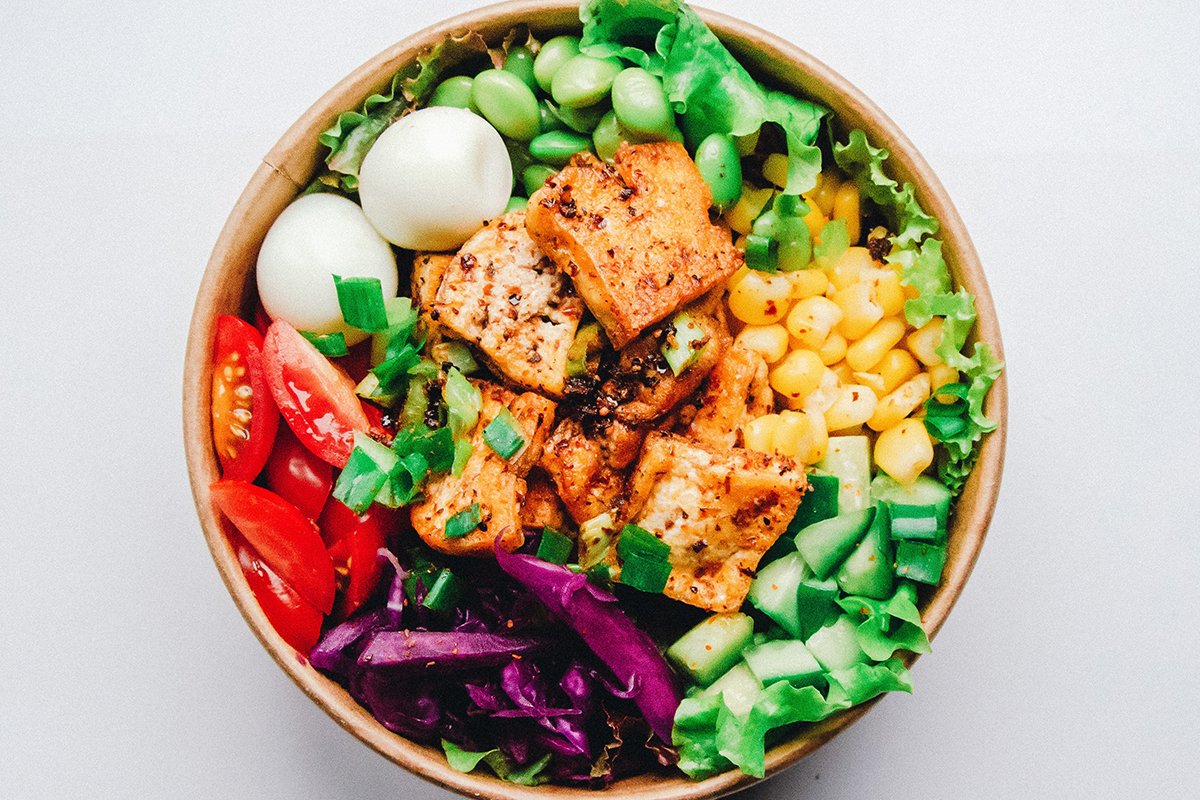
By limiting the window during which you eat in a day (usually 16 hours of fasting and 8 hours of eating), intermittent fasting could help you drop excess weight, improve cardiovascular health, reduce inflammation, and lower your risk of developing diabetes. If you’re trying to lose a few pounds or improve your heart health before a physically taxing trip into the backcountry, intermittent fasting could be a free biohack to try.
Some individuals experience side effects such as a lack of energy and headaches when intermittent fasting, so consider these cons and consult with your healthcare provider before you begin.
Ice Baths
Many athletes swear by the results they experience from ice baths. Typically, you’ll immerse yourself in cold water (50-59 degrees Fahrenheit on average) for a brief period of time (up to 10-15 minutes with some practice). Ice baths may boast recovery benefits that could be great after a challenging trek that’s left you sore and worn down: muscle pain relief and prevention, reduced inflammation, boosted immune function, decreased fatigue, and stress relief. Alternatively, cold showers can provide similar benefits if you don’t have a bathtub or dedicated cold plunge tub.
Ice baths can come with some potential negative effects, so be sure to start slow and check with your doctor first.
Nootropics
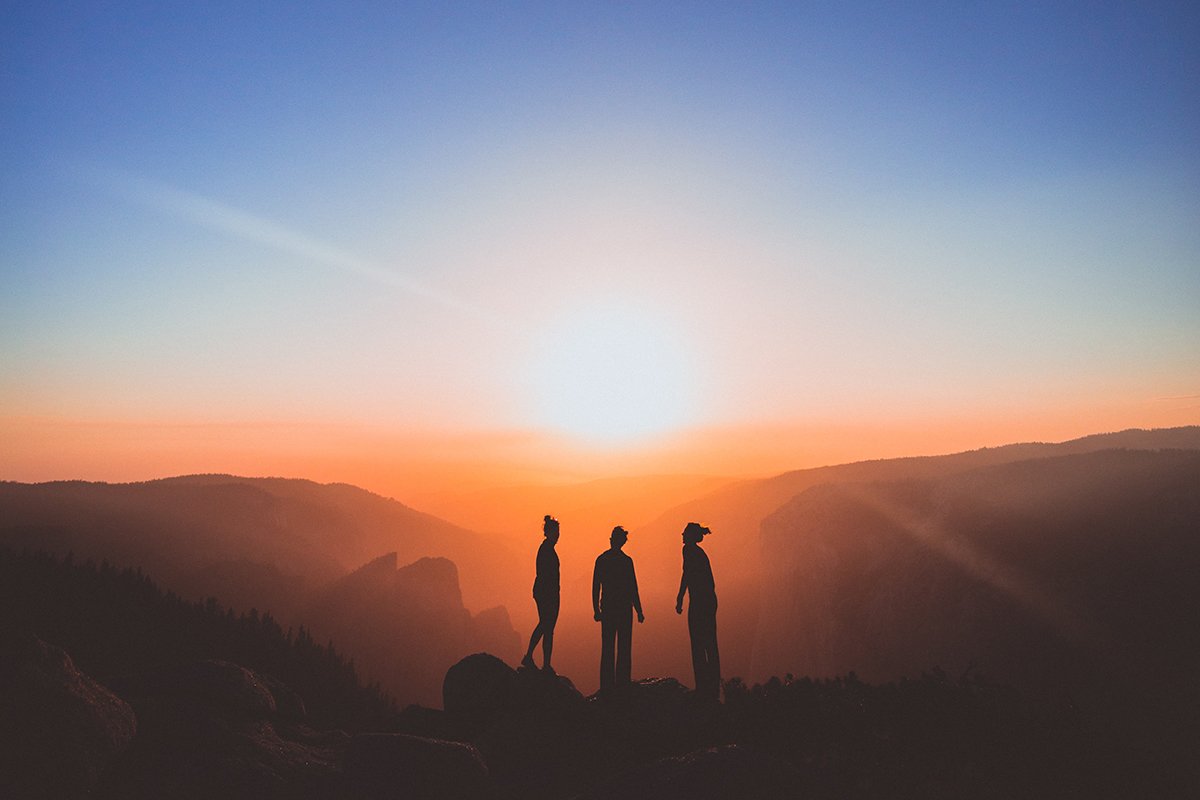
Nicknamed “smart drugs” by biohackers, nootropics include a variety of substances that enhance brain function and can improve reaction time, mental endurance, focus, energy, motivation, and clarity. So if you’re climbing a complicated route that requires strategic quick thinking or pushing yourself past your limits to reach a summit, some type of nootropic could help boost your performance.
They range from common substances such as caffeine to prescription medications such as Adderall to illegal substances such as cocaine, so not all nootropics are equally safe, effective, or legal. Use extreme caution when working with nootropics and make sure a physician signs off on you using them to avoid serious health issues.
Other Options
If you’re interested in exploring biohacking to up your outdoor game, research some other popular options:
- Infrared saunas
- Grounding
- Herbs and minerals
- Cryotherapy
- Breathwork
- Coffee enemas
- EMF protection
- Light therapy
- Blue light glasses
The Science Behind Biohacking
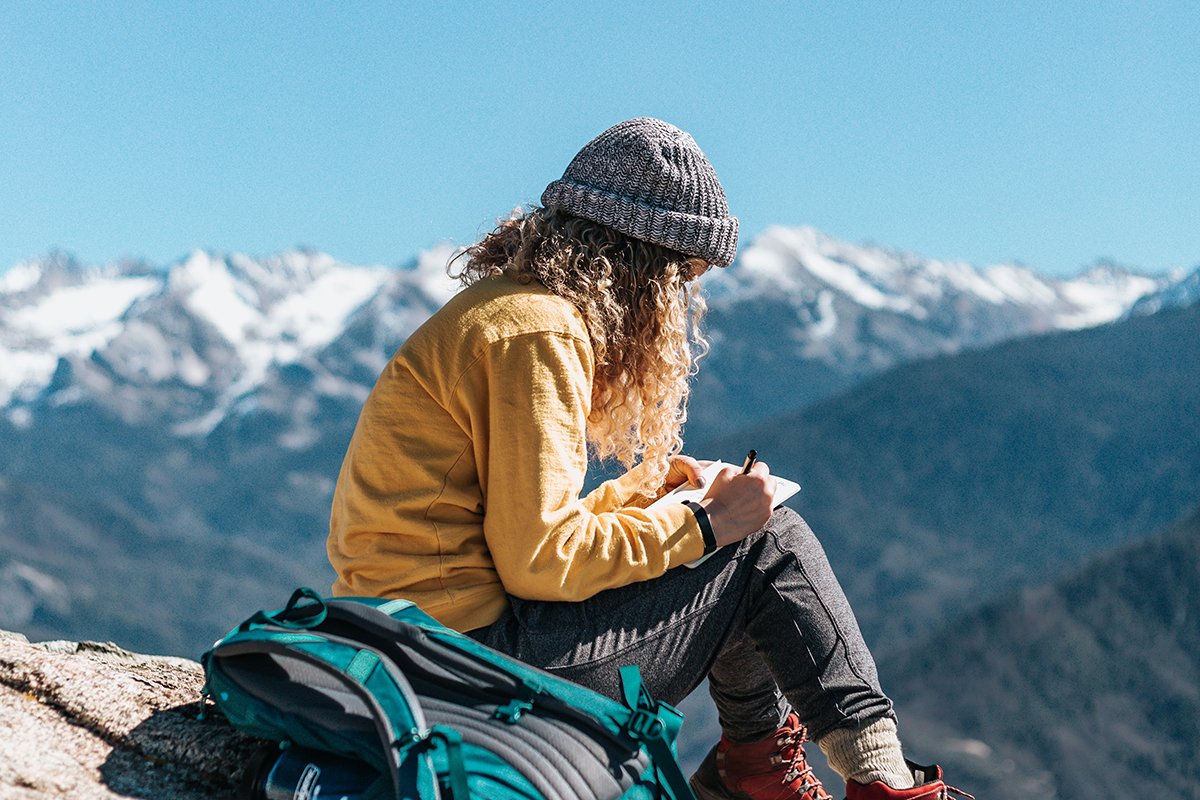
Because biohacking is a relatively new concept, the research behind many methods is minimal and experts are divided on their effectiveness. Most products associated with biohacking aren’t heavily regulated either.
Ice baths, for example, draw some criticism due to “highly inconclusive” science behind any potential upsides compared to the risks. The wound healing benefits of red light therapy, on the other hand, have been evidenced in studies on NASA and Navy Seals.
A lot of benefits are purely anecdotal at this point, but biohacking does show promise in improving outdoor performance, longevity, and overall quality of life. In fact, I’ve been experimenting with several methods (red light therapy, grounding, herbs and minerals, coffee enemas, and EMF protection) for the past 18 months and have seen noticeable improvements in my sleep quality, energy, and immunity.
Still, not all biohacks are appropriate for every single person, and they could have adverse effects if you suffer from some health conditions or take certain medications. So start slow and be sure to consult with your provider before tapping into the benefits of biohacking.


